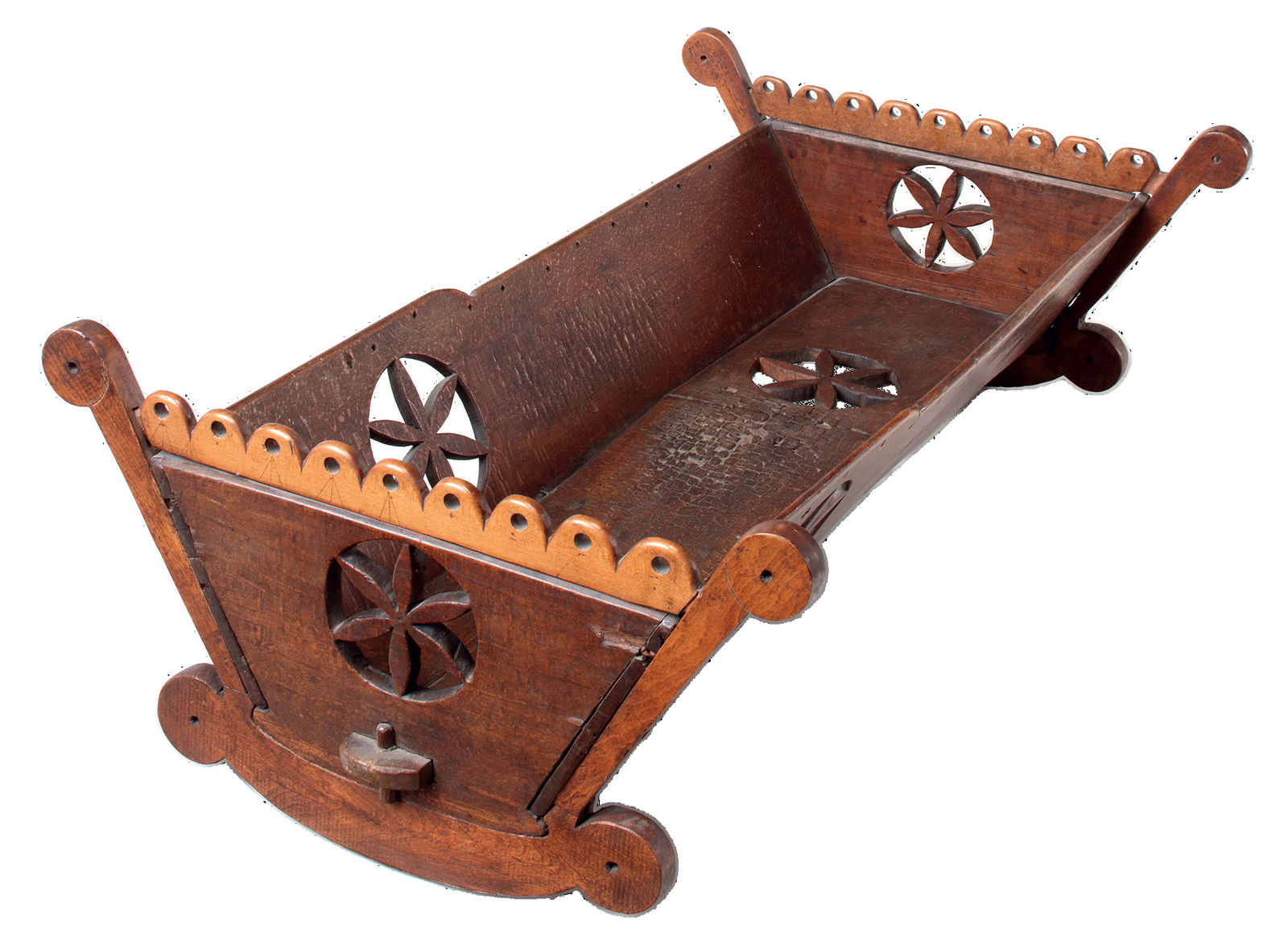
HOUSEHOLD APPLIANCES
The consumer society slowly took shape in Croatia during the 1950s; by the mid-1960s, a mass consumer society was developing at great speed, with all its laws, needs, habits, ways of thinking and behaving (Duda 2004: 60). As electricity, plumbing, bathrooms and flush toilets came in, new needs were felt for the possession of up-to-date household objects that were at the same time new markers of social differentiation. These items satisfied various desiderata over and above those implicit in their use value. But the adoption and utilisation of these novelties, precisely because of their use value, hugely influenced the lifestyle of rural and urban populations (the time required for the performance of household tasks decreased, the contents and manner of spending leisure time changed, greater opportunities for information and communication appeared) (Hodžić 1976: 50). The ownership of advanced technologies has always been used as an index of people’s individual wealth and the rise in their standards of living, as well as a status symbol in keeping up with the Joneses. The daily papers devoted a lot of special articles and columns to contemporary working women, particularly the monthly Svijet, where women could learn about lifestyle and spending. Irrespective of whether they earned a wage, women became promoters of consumer culture.












































